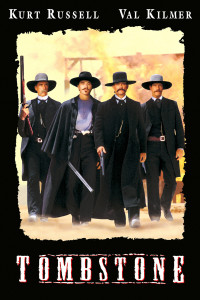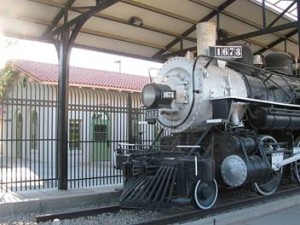Doc Holliday arrived in Dodge City, Kansas in the spring of 1878, and opened a dental practice at the Dodge House Hotel. The town was lively that summer, keeping the local police force occupied with arresting drunks and cowboys who carried their pistols with them over the “deadline,” the boundary between the red light district south of the railroad tracks and the business district north of the tracks. Wyatt Earp had arrived back in Dodge soon after Doc got there, and took back his former job as Assistant to Marshal Charlie Bassett. Bat Masterson was in town, too, as the new Sheriff of Ford County, and it was there that he first met Doc Holliday. As he later wrote of Doc during his time in Dodge:
He was slim of build and sallow of complexion, standing about five feet ten inches, and weighing no more than 130 pounds. His eyes were of a pale blue and his moustache was thin and of a sandy hue. Dodge City was then very much like Dallas and Denver, only a little more so, and the doctor did not express regret at having come. It was easily seen that he was not a healthy man for he not only looked the part, but he incessantly coughed it as well. During his year’s stay at Dodge at that time, he did not have a quarrel with anyone, and, although regarded as sort of a grouch, he was not disliked by those with whom he became acquainted. Continue reading





























